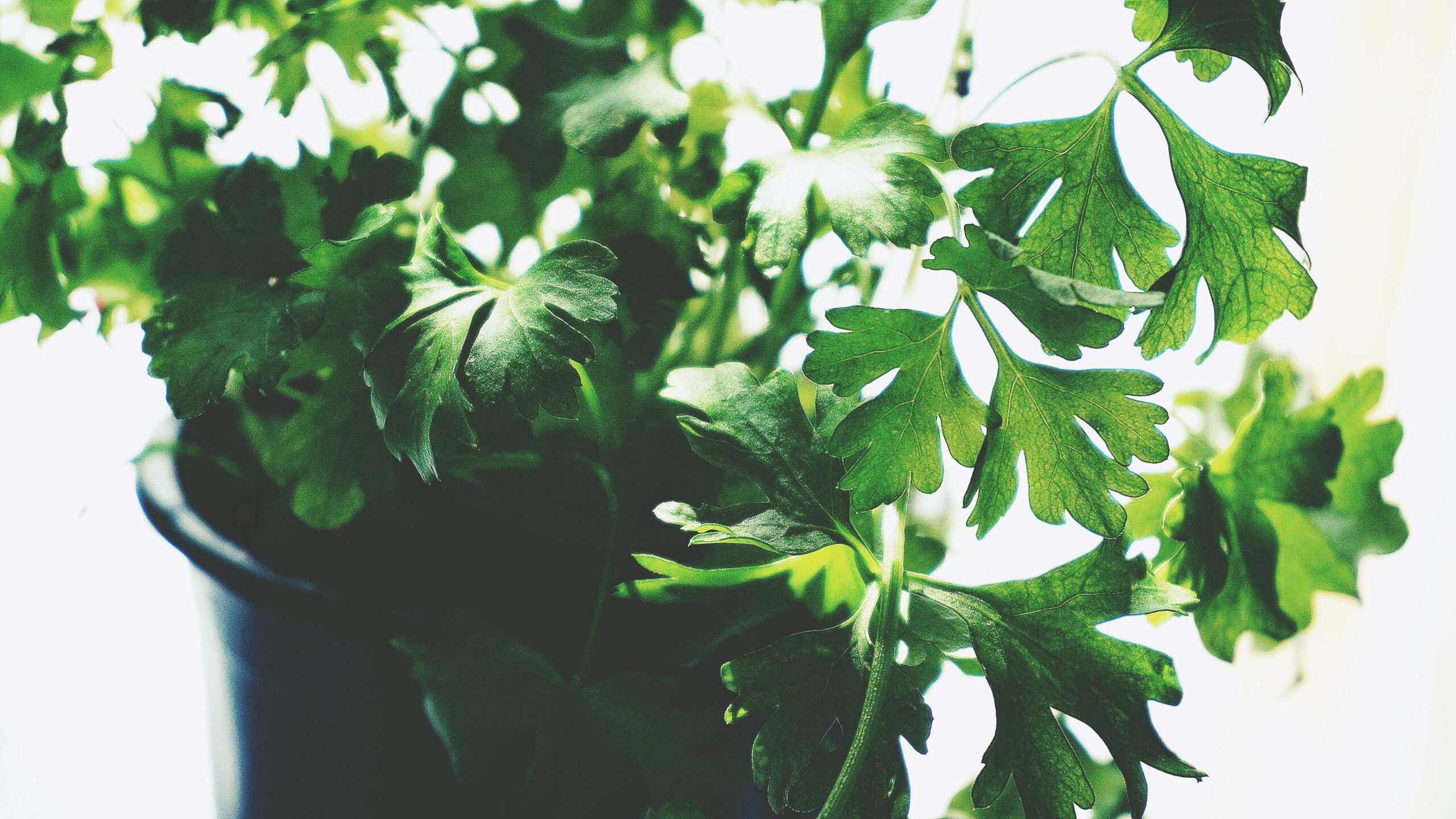Parsley flakes are generally great in lots of recipes, especially when being used in place of fresh parsley. They are quite versatile and can introduce amazing depths of flavor and color to meals in which they are used.
Parsley nutrition facts
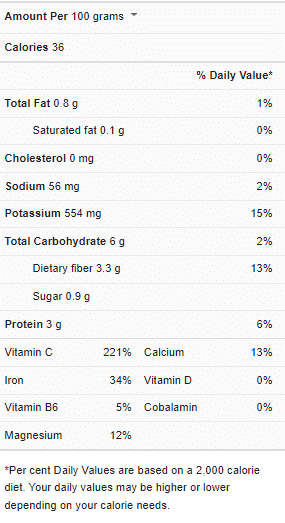
Running out of parsley flakes right in the middle of your recipe is a bummer, but it doesn’t have to signify the end of your cooking. This is because there are quite a number of options that can work in place of parsley flakes to replicate the effects you crave in your recipes.
In this article, you’ll learn about the nature and uses of these substitute options, as well as how to properly use them for the best results. So, you never have to worry anymore about not having parsley flakes to use in your recipes. Simply try something else!
What is parsley flakes?
Parsley flakes are parsley leaves that have been dried and crushed and are widely used in cooking. Parsley is a hardy herb cultivated as an annual or biennial. Vitamin K is abundant in the leaves, containing significant amounts of vitamins A and C.
Although fresh parsley leaves are generally preferred, parsley flakes can still be an excellent substitute. Fresh parsley and parsley flakes are available in most supermarkets, and it is also possible to grow them both indoors and outdoors.
To make parsley flakes, fresh parsley can be simply dried at home. Making little bundles and hanging them in a warm, dark area until completely dry is one method of drying parsley. They can also be dried in a dehydrator, which helps the parsley flakes keep their deep green color and speed up the drying process.
After the parsley has dried completely, the leaves from the stalks can be lightly smashed. Because crushing the leaves accelerates the evaporation of the scent and flavor, leaving them whole can extend the shelf life. Parsley leaves are versatile and go well with lots of recipes, including meat, potatoes, soups, and various sauces.
Uses of parsley flakes in recipes
Cooking with parsley is quite simple, thanks to its versatility. Meat sauces, marinades, and salad dressings all benefit from parsley flakes. They can also be used in soups, casseroles, and meat recipes with a variety of other herbs. Fresh parsley can be replaced with dried parsley flakes at a ratio of one to three dried parsley to fresh parsley.
Some of the popular recipes in which parsley flakes are used to improve flavor include the following:
- Parsley and lemon baked fish fillets
- Oven-roasted parsley potatoes
- Parsley butter
- Chimichurri sauce
- Parsley rice
- Gremolata
- Baked chicken
- Parsley pesto
- Pasta with basil and parsley
- Italian-spiced meatloaf
- Grilled asparagus with parsley tarragon
- Tomato parsley penne pasta
- Chicken alfredo
- Steamed mussels with garlic and parsley
- Parsley garlic mashed potatoes
Substitutes for parsley flakes
The texture of parsley flakes is that of a dry, grounded herb. It thickens when used in meals and adds taste and texture to the food, and it also lends brightness and balance to savory foods.
In an instance where parsley flakes are not available, however, you can make do with the following substitutes:
Chervil
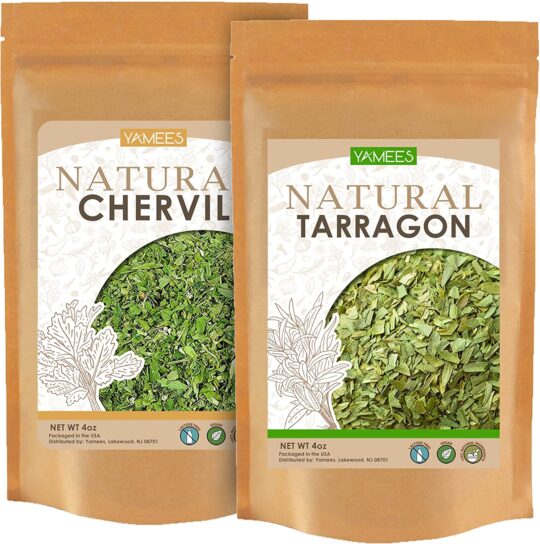
Chervil is a common ingredient in traditional French cuisine. It’s used in an aromatic spice blend called ‘fines herbs, along with chives, tarragon, and parsley. It is most commonly used to flavor eggs, fish, chicken, light sauces, and salad dressings. It is also a wonderful addition to herb butter and goes well with mild cheeses.
The chervil plant is quite similar to parsley, but it has a milder flavor, an excellent substitute for parsley flakes. It has a high iron content, and usually, just one teaspoon will provide you your daily dose, which is necessary for the formation of healthy red blood cells and the reduction of weariness.
Chervil works as a great substitute for parsley flakes. When cooking, though, you’ll need more chervil than parsley to equalize the flavor in your recipes.
Chives
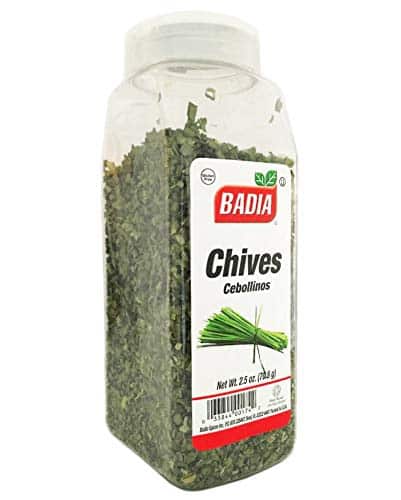
Chives are small greenish herbs that possess a slight onion flavor. Chives are a member of the Allium genus, which comprises garlic, onions, and leeks. For centuries, people have grown allium vegetables for their distinctive pungent aromas in culinary and medicinal benefits.
Chives resemble little green onion sprigs and have a similar flavor profile onion and garlic. They have a vivid green color and can be used in parsley flakes to add color and taste to dishes. Its garlicky flavor and intensity make it an excellent substitute for parsley in recipes that call for it, such as pesto sauce.
The flavor of chives is versatile, and as such, it can be used conveniently in a variety of dishes.
Arugula
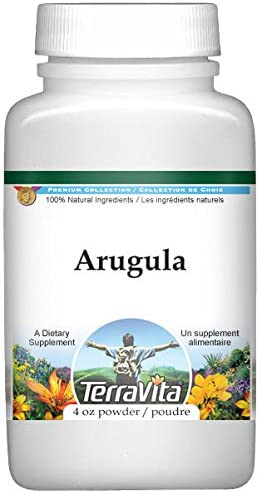
Arugula has been grown and utilized as a medicinal herb and aphrodisiac since ancient Roman times. The leafy green is currently widely used in Italian cuisine and is farmed and consumed all over the world. It’s high in calcium, which supports strong bones and proper heart function.
Arugula is commonly consumed raw as a salad green, but it can also be prepared in various ways. Arugula is more of a salad green than a herb, with a strong peppery flavor and a subtle bitterness. It has bigger leaves than parsley and is similarly suitable for cooking procedures.
However, because of its harsh taste, it only requires a small amount as an alternative for parsley flakes. It is important to take note of this when attempting to use it as a substitute for parsley flakes in recipes.
Frequently asked questions (FAQs)
Are parsley flakes the same as minced parsley?
Fresh or dried parsley flakes, minced or ground, are all forms in which parsley is generally available. Because of its herbaceous and somewhat lemony flavor, flat-leaf parsley is sautéed or blended for stews and sauces.
Are dried parsley flakes healthy?
While heating and/or drying parsley may lessen some of its other health advantages, it does increase the amount of apigenin available. Dried parsley is, in fact, the best natural source of apigenin.
Can I rehydrate dried parsley?
Rehydrating dried herbs, which are essentially herbs that have had their water removed, will give them a little more bulk. Fill a small dish with the amount you want to use, cover with water, wait ten minutes, and drain the excess water.
Conclusion
Parsley flakes are essential in many recipes for the flavor they introduce into them, so they are popular in the culinary world. In the event of their absence, however, there are a number of substitutes that can work in their place.
Our suggested options work in a variety of ways to replicate the tasty effects that parsley flakes have in recipes that use them. It is, however, important to use the correct substitution method and amount if your plan is to get desirable results.
